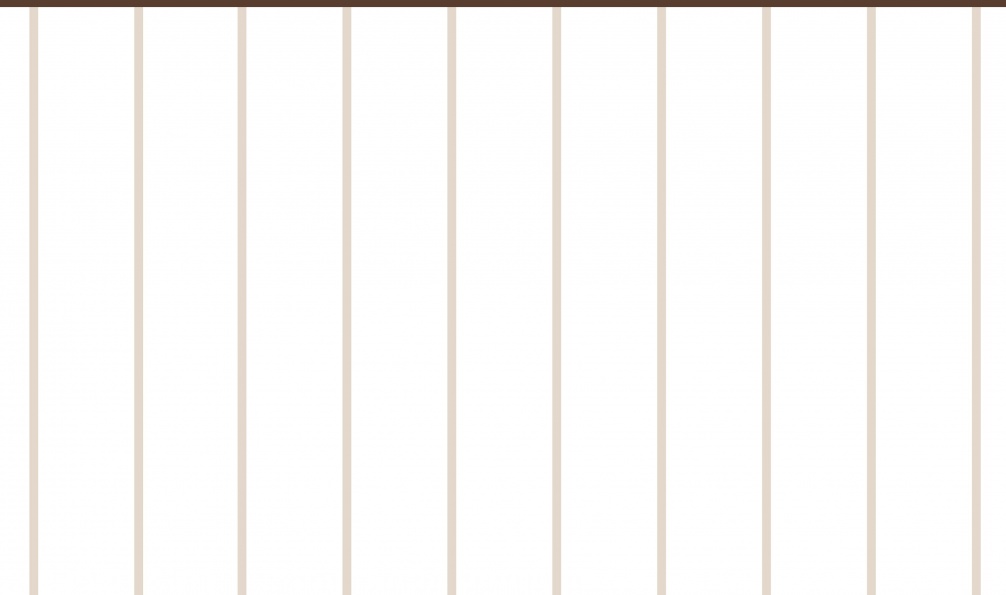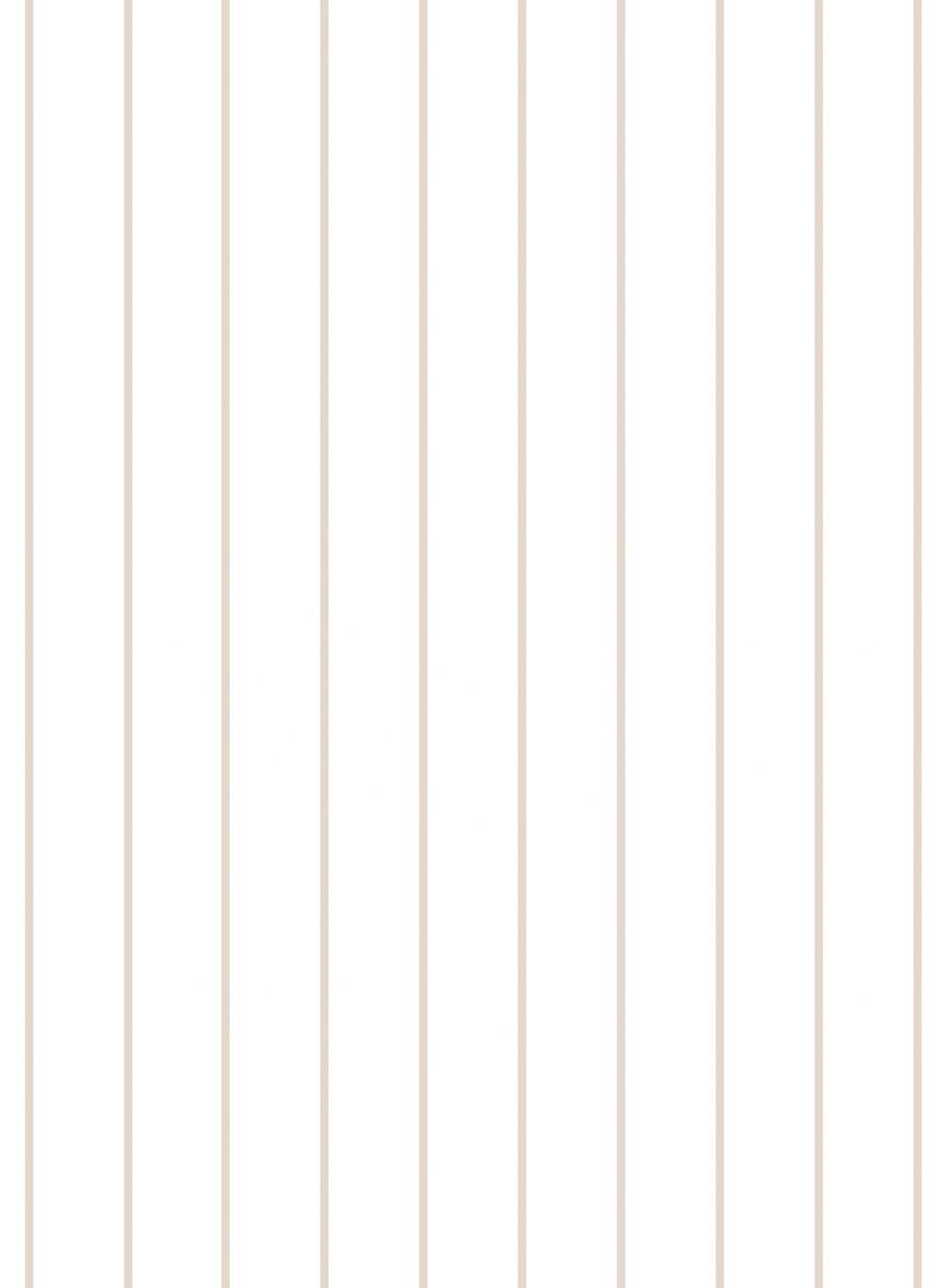HOME



Designing the digital environment:
Now days everything is based around electronic objects such as phones, TV’s computers, mobiles, to even game consoles. This has a huge impact on our day to day life as it can affect; our jobs, relationships, communication, to even small things such as shopping online – this shows the impact
Marshal McLuhan predicted what he thinks will happen within the electronic communication – he believed that it would speed up the movement of information and believed it would bring people closer together and keep them connected. To watch ‘The Virtual Revolution’ a short documentary about McLuhan’s predictions, please click
The difference between print and digital media:
Print:
-Static – stationary/doesn’t move
-Fixed – something that is unchangeable/permanent
-Linear – a straight direct line – don’t have the freedom to go left, right, up or down; just straight
-Unidirectional communication – a one way communication
Digital Media:
- Fluid – it is flexible and easy going
- Malleable – mouldable, manoeuvrable, changeable
- Simultaneous media – being able to view something more than once at a time
- Accessible - accessibility to information you can access over the internet.
‘The assumptions that come with a book (are that) it is authoritative and unchangeable, transparent and unselfconscious’ (The Electronic Word’. Richard A. Lanham p. 8)
Lanham describes to us how a book is transparent, this is because we already acknowledge beforehand what a book is, we know that it must include written material, we know we have to flip the pages to read the next page, that the words are unchangeable, it’s something we can’t elaborate on or change, something that is linear and something that has an author; so for this reason he calls a book transparent.
Fluid:
The digital environment is about: user interaction, interactive culture, social networking, sharing data, a growing community, collaboration, communication, different views and people changing and revolving; but most important it is nonlinear.
Malleable:
‘The prosumer model extracts the value of your work in real time, so that you are actually consuming your own labour.’ - Dmitri Siegel 2006
‘Prosumerism – simultaneous production & consumption.’ – Dmitri Siegel 2006
-shaping/forming design – we are both information consumers & producers. For example we could create something and upload it to YouTube – this would be classified as producing something. It is a way of ‘inputting’ data, and being able to share and collaborate with others.
Simultaneous media:
- ‘The compatibility between graphic design, illustration, animation and visual effects software plays the key role in shaping visual and spatial forms of the software age…any single design may combine multiple operations that previously only existed within distinct physical or computer media’ – Lev Manovich
Manovich explains how the digital media is capable of pretty much anything. He explains how certain things wouldn’t have been possible to combine together, and that the digital media allows for us to create virtual things; things that don’t really exist, and yet at the same time we view them from one place without having to go to a gallery or exhibition for each. And so therefore the digital media helps for in merging things together; an example of this is shown in the video below.
Accessibility:
‘The other characteristic of this digitization of information is it’s electronic nature, which makes the data processed both more virtual and non-material and also more ephemeral. This is substantially more than analogical predecessors. Information contained in this way is more easily transferable, reproducible, and modifiable, it takes up little room and weighs nothing, so transition is practically immediate’. - Alenjandro Tappia ‘Graphic design in the digital era’ 2003 Design Issues
Nowadays everything has been put online, such as historical references and other books and articles. This makes it a lot easier for us as it saves us time from going to the library each time we need a book, or information on anything. Therefore this makes it accessible for all users. Open data also comes into this as it gives users the ability to view data in various ways; and use it in their own way building upon it. To view the video ‘The year open data went worldwide’ please click
here.
here.
Zainab Itani